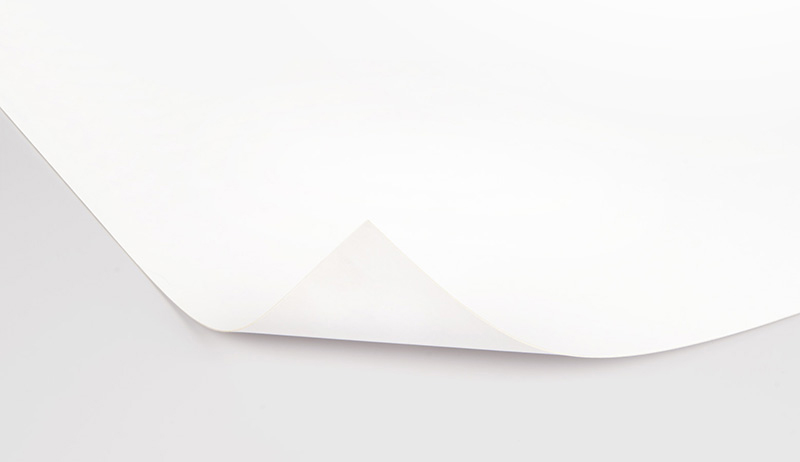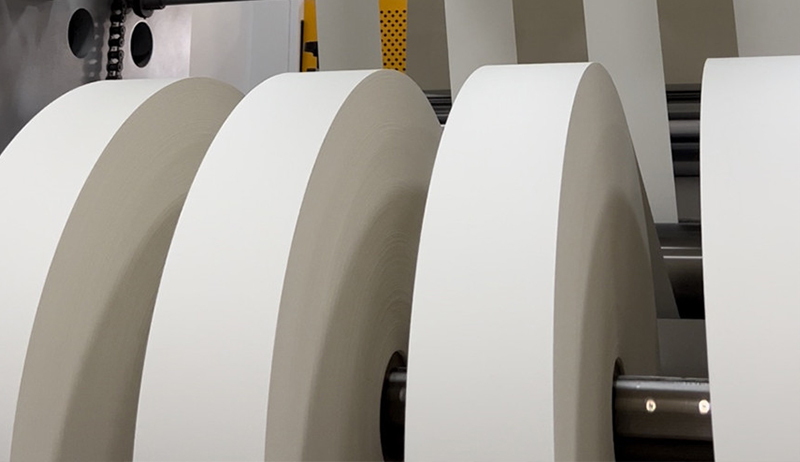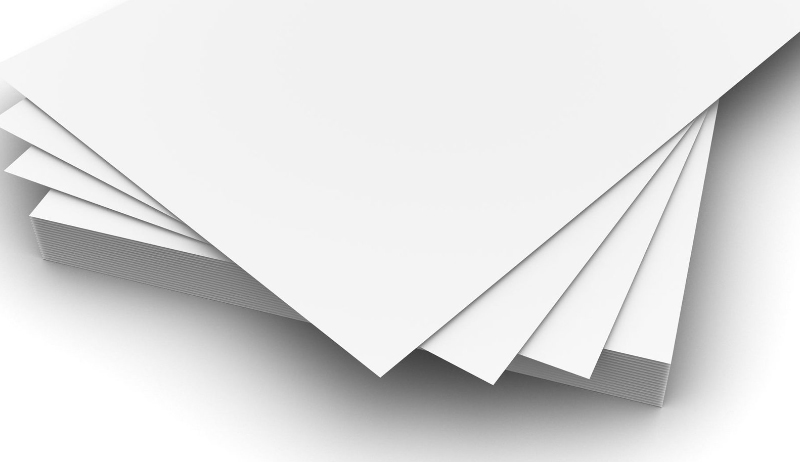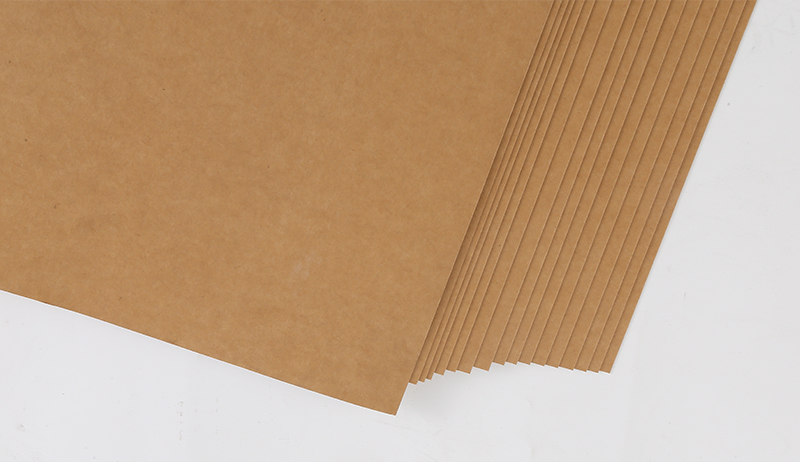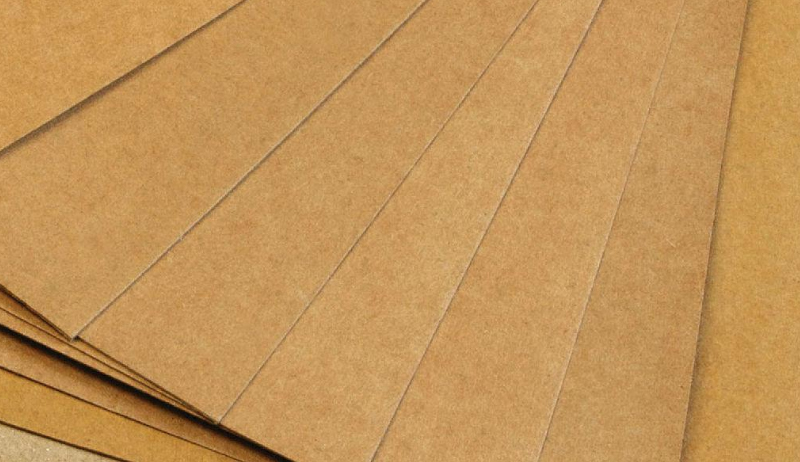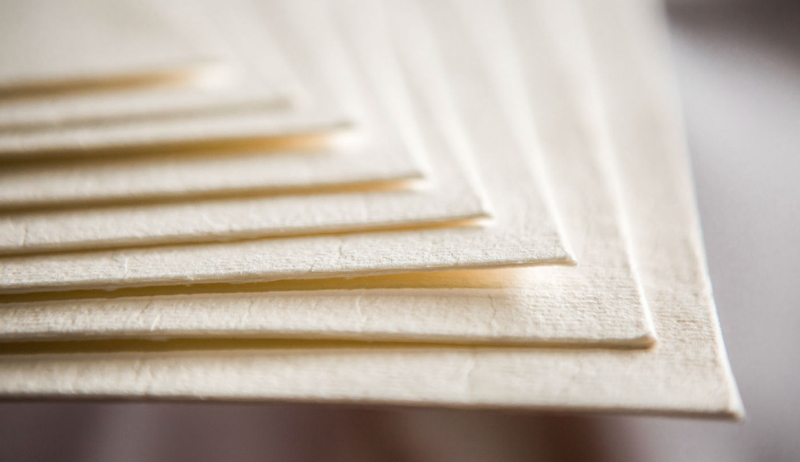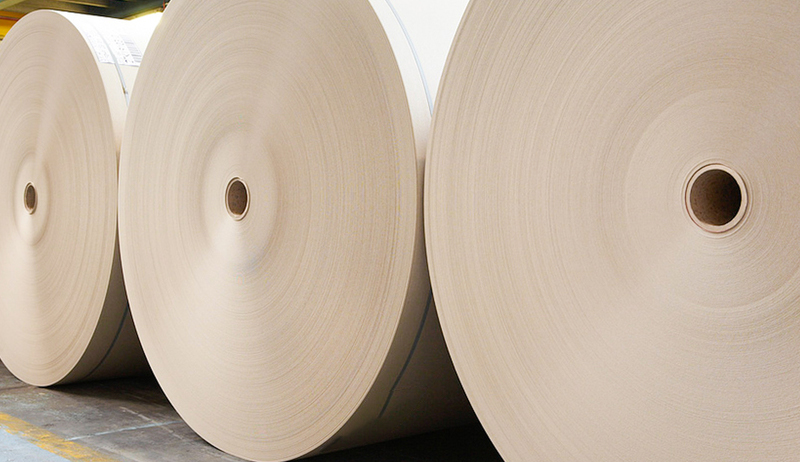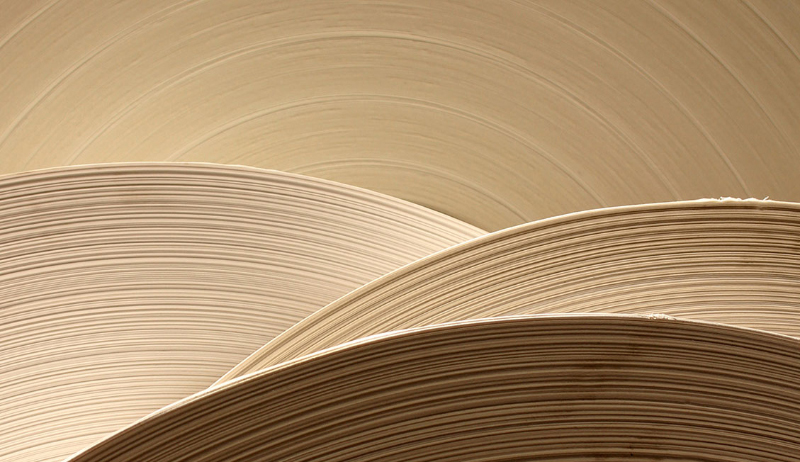Author: Admin
Date: Mar 22, 2024
What are the environmental advantages of P+Series PLA Coated Bamboo Paper compared with traditional plastic-coated paper?
P+Series PLA Coated Bamboo Paper has significant advantages in environmental protection compared with traditional plastic-coated paper. First, we need to understand the essential differences between these two materials. Traditional plastic-coated paper mainly relies on petrochemical products as the coating, while P+Series PLA Coated Bamboo Paper uses degradable polylactic acid (PLA) as the coating and is based on environmentally friendly bamboo fiber paper as the base.
1. Biodegradability
P+Series PLA Coated Bamboo Paper has attracted much attention due to its biodegradability. Bamboo paper is usually paper made from bamboo or bamboo fiber and has natural bamboo fiber properties, while P+Series PLA coating is a biodegradable material that is usually used to improve the properties of paper, such as enhancing water resistance. and durability. The biodegradability of P+Series PLA coating means that it breaks down into its natural components relatively quickly in the natural environment without causing lasting pollution to the environment. PLA is a biodegradable polymer typically produced from plant-derived starches or sugars. When the PLA coating is combined with bamboo paper, the paper not only retains the excellent properties of bamboo fiber, but also has better biodegradability. It is important to note that the biodegradability of paper can be affected by different factors, such as environmental conditions and handling. Generally speaking, paper will break down more easily in moist and warm conditions, while it may take longer in dry and cold conditions. Also, whether the paper is contaminated or mixed with other materials can also affect its biodegradability.
2. Environmental protection of bamboo fiber paper
Bamboo is a fast-growing plant that regenerates faster than wood. Therefore, using paper made from bamboo fiber can better protect forest resources. PLA coating is a biodegradable material that breaks down more easily than traditional plastic coatings, reducing negative impact on the environment. Bamboo fibers are generally softer than wood fibers, so making bamboo fiber paper generally requires less chemical processing. This reduces chemical pollution to the environment. Bamboo grows quickly and can be grown on relatively small areas of land, so the production of bamboo fiber paper requires relatively low land resources. Bamboo fiber paper can often be recycled and reused to reduce the need for raw materials, thus reducing resource consumption. Although P+Series PLA-coated bamboo fiber paper is more environmentally friendly than traditional paper in many aspects, there may still be some environmental impacts during production and handling. Producing PLA coatings may involve growing and processing plant materials, as well as the use of chemicals. Therefore, when assessing its environmental protection, it is necessary to consider the impact of the entire life cycle, including raw material acquisition, production, use and processing.
3. Energy consumption and emissions during production
Traditional plastic-coated paper requires processes such as high-temperature melting and extrusion during the production process. These processes not only consume high energy but may also produce harmful gas emissions. The production process of PLA is relatively more environmentally friendly. Its raw materials are mainly derived from renewable plant resources, such as corn starch. The production process does not require a large amount of fossil fuels and has low carbon emissions.
4. Sustainable use and recycling
Bamboo is a fast-growing natural resource with good renewable properties. Compared with traditional wood, bamboo grows faster and can regenerate and renew faster. Therefore, using bamboo paper as a raw material reduces pressure on forests, and bamboo cultivation generally does not require large-scale chemicals or pesticides and has a smaller impact on the environment. Polylactic acid (PLA) is a biodegradable bioplastic usually derived from renewable resources such as plant starch. Therefore, coating bamboo paper with PLA can make the paper more easily decomposed and degraded after the end of its life cycle, reducing the negative impact on the environment. The biodegradability of PLA coatings makes this coating a green alternative to plastic in many applications. P+Series PLA-coated bamboo paper can be recycled and reused to extend its life cycle during use. Bamboo paper can be recycled into paper, and the PLA coating can also be broken down under the right conditions and reused as a raw material for biodegradable plastics. This recycling process helps reduce resource consumption and waste generation, and promotes the development of a circular economy.
Contact Us
Leave A Comment
Our Mould


 English
English Español
Español

